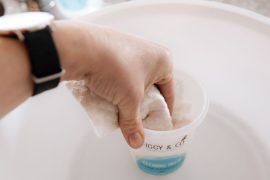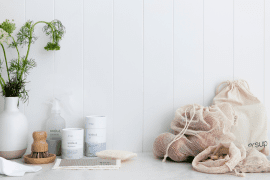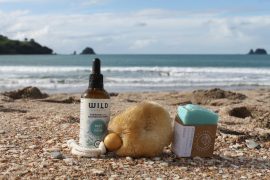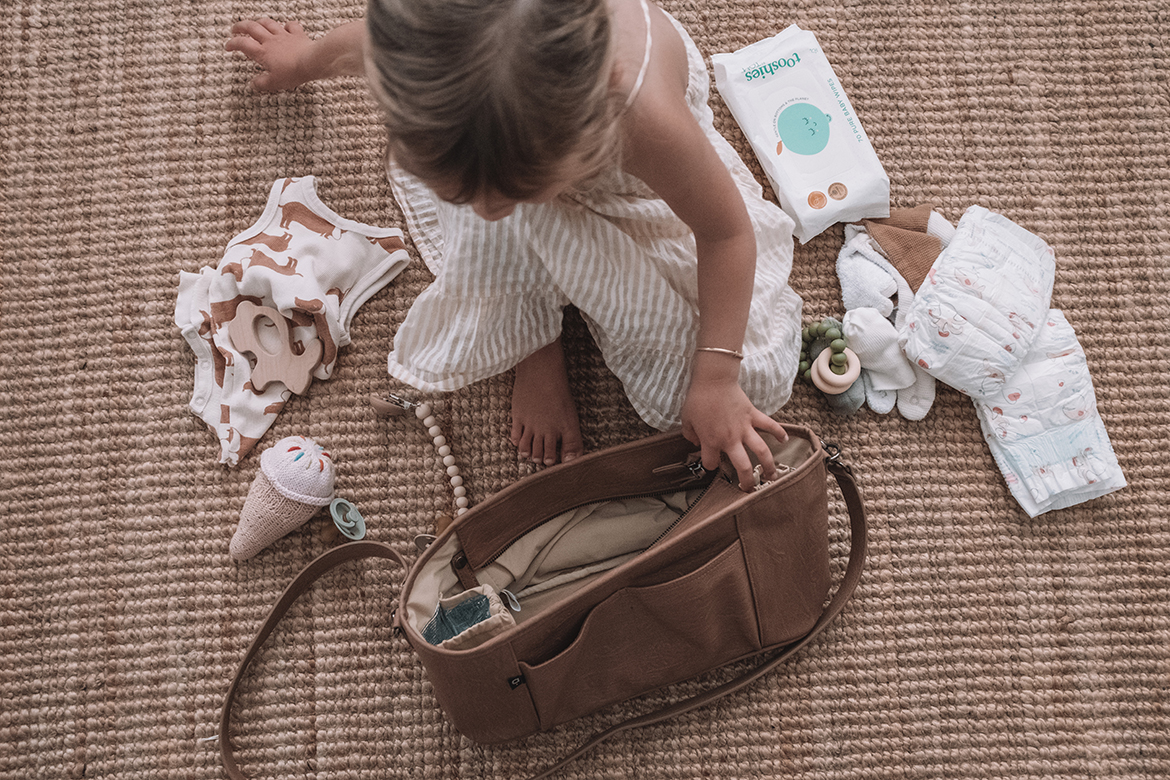By Hannah Schenker
You have switched to organic when it comes to your pantry, your baby care and even your clothing, but what about when it comes to your precious vagina? The most sensitive and absorptive skin on your body? The feminine care industry has historically been shrouded in secrecy. Many conventional pads, tampons, and maternity pads don’t list ingredients, making it difficult for women to choose safer options for feminine and maternity care. But there is now a certification you can look for, called the scientifically rigorous MADE SAFETM (Made with Safe Ingredients) seal.
Common chemicals to be worried about in tampons and pads can include dioxins and furans – linked to cancer, endocrine disruption, and reproductive toxicity; pesticide residues – linked to cancer; and undisclosed fragrance ingredients – which may contain chemicals linked to cancer, endocrine disruption, and allergies.[i] That is seriously scary stuff. You definitely do not want these chemicals lingering in your Lady Garden. In a time when we are being bombarded with more chemicals than we can count, it’s up to us to start reducing our exposure in as many ways as possible.
Studies show that the vast majority of women use tampons (50-86%) and pads (62-73%)[ii] for menstruation. These products come into contact with some of the most sensitive and absorptive skin on women’s bodies, and are usually used repeatedly for several days at a time each month. So what to do? Look for the MADE SAFETM seal.
Products carrying the MADE SAFETM seal have undergone rigorous and scientific ingredient screening to ensure they don’t contain known carcinogens, endocrine disruptors, reproductive toxins, neurotoxins, behavioural toxins, flame retardants, heavy metals, high-risk pesticides, insecticides, toxic solvents, VOCs, or GMOs, according to authoritative lists from around the world. Ingredients are further examined by a chemist for bioaccumulation (if it builds up in human bodies), persistence (if it builds up in the environment), general and aquatic toxicity, as well as undergo ecosystem harm screening. This process attempts to close data gaps and makes MADE SAFETM a leading health and safety standard in the country.











